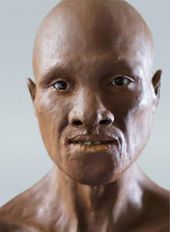
© ESAHerschel (left) and Planck (right) could revolutionise our understanding of the universe.
Later this month, the European Space Agency will launch two long-anticipated scientific missions, Herschel and Planck. It is difficult to overstate the importance of these probes. They are space science as it used to be: big and bold - and risky. Not for decades has there been so much riding on a rocket launch, literally and metaphorically.
The Herschel Space Observatory is an infrared telescope almost four times as big as its NASA rival (see
New Scientist, 4 April, p 32), Spitzer. Planck will map the aftermath of the big bang with a precision that NASA's scientists can only dream of.
Separately, each is a major mission. Together, they constitute a landmark in astrophysics. The probes could revolutionise our understanding of the cosmos. If everything goes to plan, Herschel and Plank will dominate space science for at least five years. But if the launch goes wrong...
With science budgets shrinking, launching two such important missions on the same rocket smacks of madness, especially given that the launcher, an Ariane 5 rocket, has suffered a couple of high-profile and expensive failures. In 1996, a computer bug caused the loss of ESA's Cluster mission, which was rebuilt at a cost of €315 million. In 2002, a commercial launch exploded, forcing ESA to delay its Rosetta mission and costing it a further €100 million.


